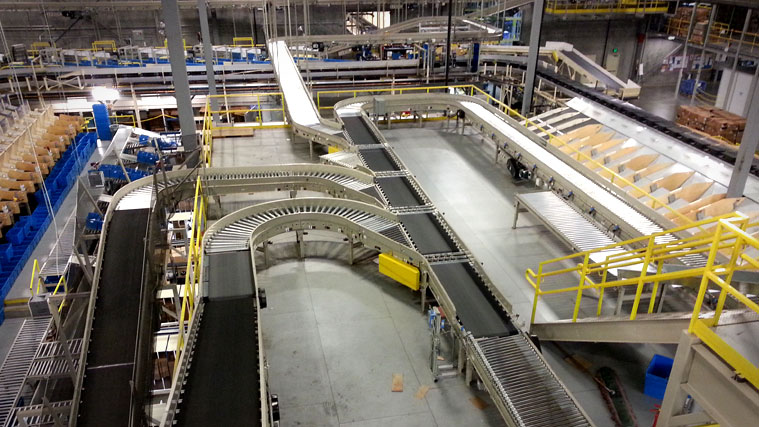
How to help your team to always be innovating and embrace the changes.
I am often asked to reproduce the results of my team in a more predictable/ faster way. I find the best way to accomplish any task is to automate every process possible. I love to innovate and have had some noteworthy success thanks to some awesome engineering teams, yet I have never truly run an R&D group. I’m always curious how to do things better, so I spent some time over the last few months reaching out to former compeers asking what they were doing to drive innovation. What I found was a little shocking. I was finding that many of my peers had little or nothing to do with the innovative process. My company doesn’t have an R&D department, yet each month we are making tools to improve our products and processes. Today we are growing a team at a rapid pace and time comes at a premium. In my career experience, innovation was all too often sacrificed for the needs of the individual project, but today my team feels the risks of not innovating outweigh the risk of caused by the change of innovating. If several projects can reap the benefits of one innovation project, it is time to analyze the use of your resources. More often than not my team is making small advances in changing how we work, and this year we expect some big leaps. Here are the 7 steps that opened my team up to always innovating.
1. Start with a good culture. People want to contribute more, when they feel valued. Spend some time each day learning new things about your team, and letting them learn about you. Work shouldn’t be all about making sure you have the right coversheet for your TPS reports.
2. Do spend time brainstorming with your team. Start with simple questions. “What processes are taking the most time? What could we be doing better? What do our customers say they want?”
3. Do not make decisions by committee or vote. You are there to lead, so own it. If you are not the most knowledgeable person on the subject matter, appoint the person who is. Give them the authority to make decisions, and challenge them on the “why” even when you agree. Collaboration is about working together, and good leadership makes it happen.
4. Ensure your team participates in the positive side of innovation. Have you ever heard “the best engineer is a lazy engineer?” Well, if your reward for a job-well-done is more work, you may find yourself without a good engineer. If the team creates an internal product that reduces their work load don’t immediately jump to finding more work to fill that available time. I have found the best use of that time to be given to more innovation. Many of my team members don’t see innovation as real work because of the enjoyment they have doing it.
5. Plan! No plan is perfect, but no-plan is a disaster. Who’s in charge? What are the deliverables, and when are they due? Being able to hold your team accountable to the plan is sometimes more important than the plan itself.
6. Kill bad decisions immediately. It doesn’t matter who made it, or why, the moment a decision is identified as the wrong one, correct it! I am often asked “Are you going to change your mind tomorrow?” My reply is always “Probably.” Initially I think this one is maddening to my team of engineers, but over time they adapt to it, and even grow to love the philosophy. Most of my team has worked at a place where something became an obviously “bad” decision, yet the same path was continually followed because it was part of the original “plan.” Would you rather stick to a bad plan, or risk looking like you change your mind from time to time?
7. Have Fun! Innovation is awesome! What better way to see the creativity and capability of your team come out? It should be something you and your team look forward to doing. Take time to enjoy the moments, and celebrate the wins.
